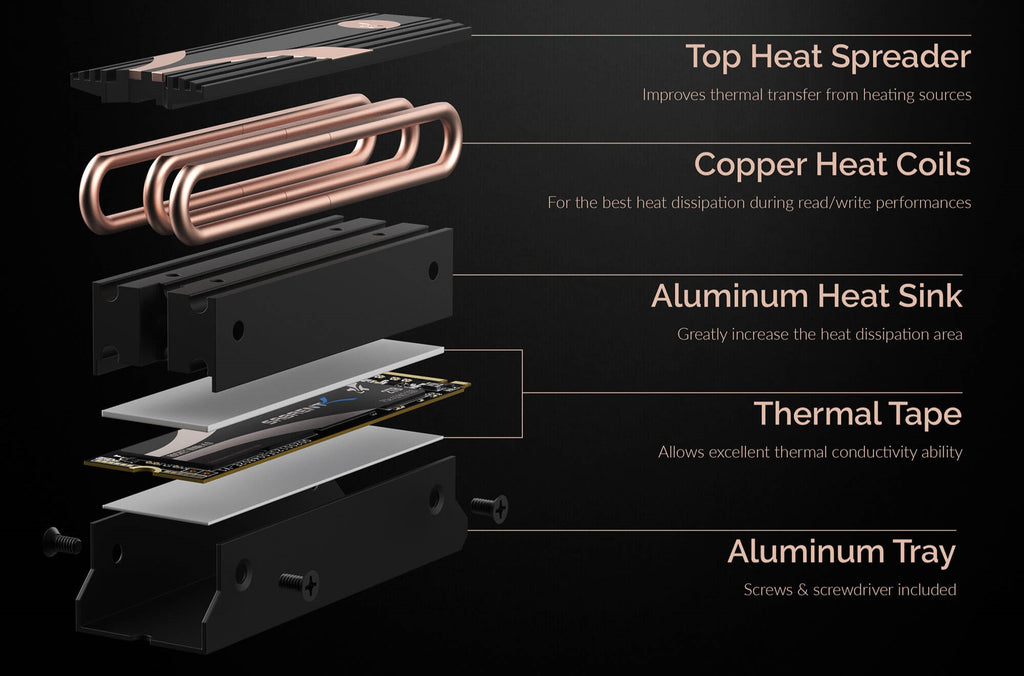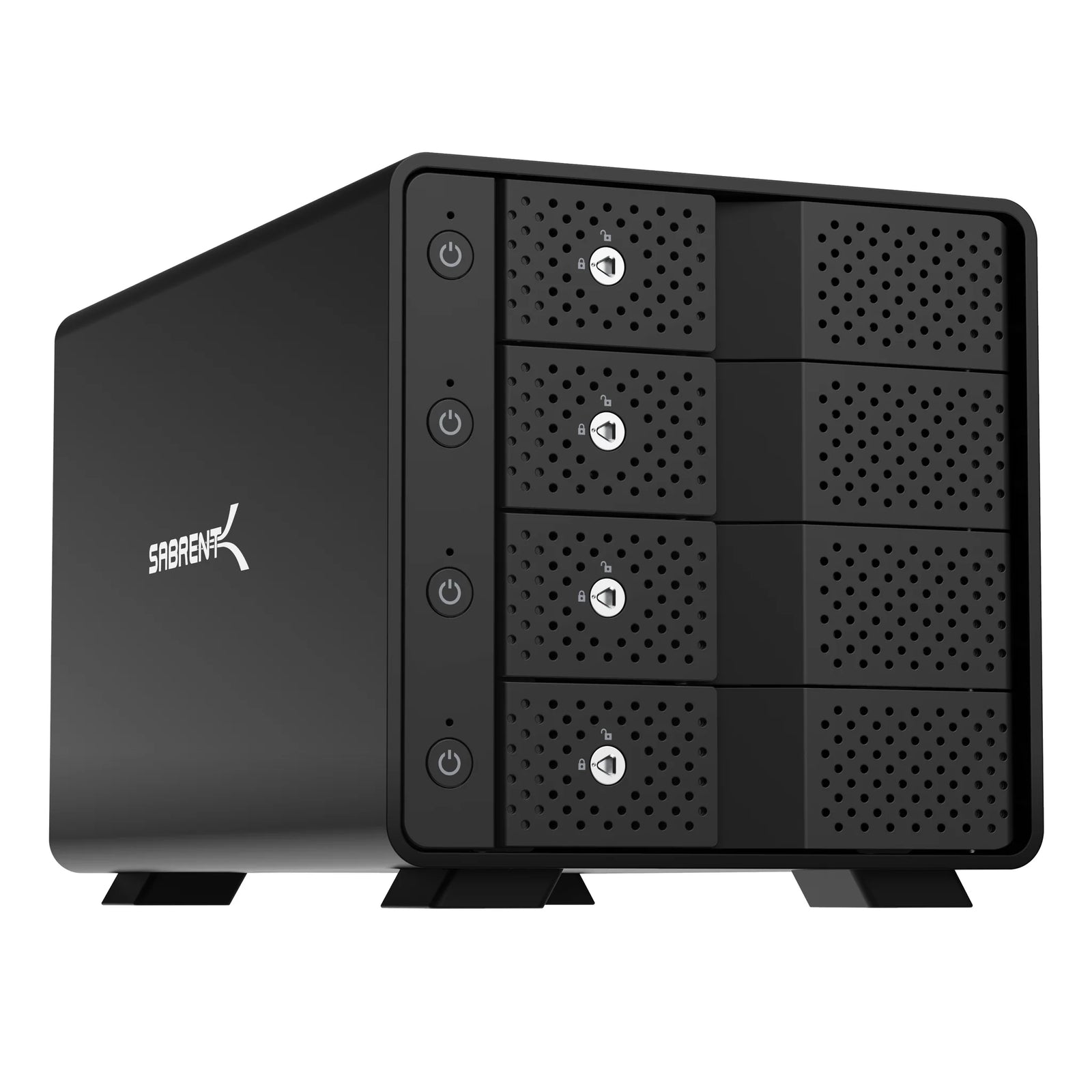Electronics are known to get hot during operation and often this can cause problems such as throttling from overheating or a reduction in efficiency. SSDs are no different, although they have multiple components involved. You have the controller ASIC, the flash, the DRAM (if present), the power management integrated circuit (PMIC), and the printed circuit board (PCB). Each of these will have a different thermal limit and, possibly, their own sensors.

Multiple thresholds and sensors can be used to generate a composite temperature which gives you a relative idea of how hot the drive is running. Typically a SSD will report such a value and begin throttling above 70C, often around 75C, with a later heavier throttling state before reaching a maximum near 85C. This temperature reading will differ from internal temperature and what is recorded on a heat gun or via FLIR. Each component will have its own temperature and the total deviance from safe thresholds is taken into account.

SSDs and especially faster, PCIe 4.0 ones, tend to have either a heat spreader or a heat sink. A heat spreader could be as simple as a copper- or graphene-backed label, or may be an actual piece of metal. This may not offer much in the way of cooling but can equalize component temperatures. A heat sink, instead, will be attached by thermal padding and will offer much better cooling potential, depending on its characteristics, to help prevent drive throttling. This includes the M.2 heat sinks provided with motherboards.

Our drives cover the range from minimal to maximal cooling performance. For example, we have special heat sinks designed for the PlayStation 5, and further have high-end heat sink options for our PCIe 4.0 drives. These even have heat pipes. We offer our heat sink accessories separately, as well; our products even work with competitor M.2 2280 SSDs. PCIe 3.0 drives might not require cooling, or you can use your motherboard M.2 heat sink. Keep an eye on temperatures with a program like CrystalDiskInfo or HWiNFO64.
For more information on composite SSD temperatures, please see Intel's white paper.
See our internal storage products here.












